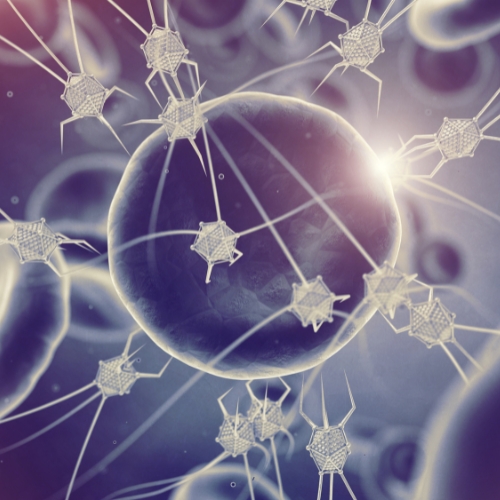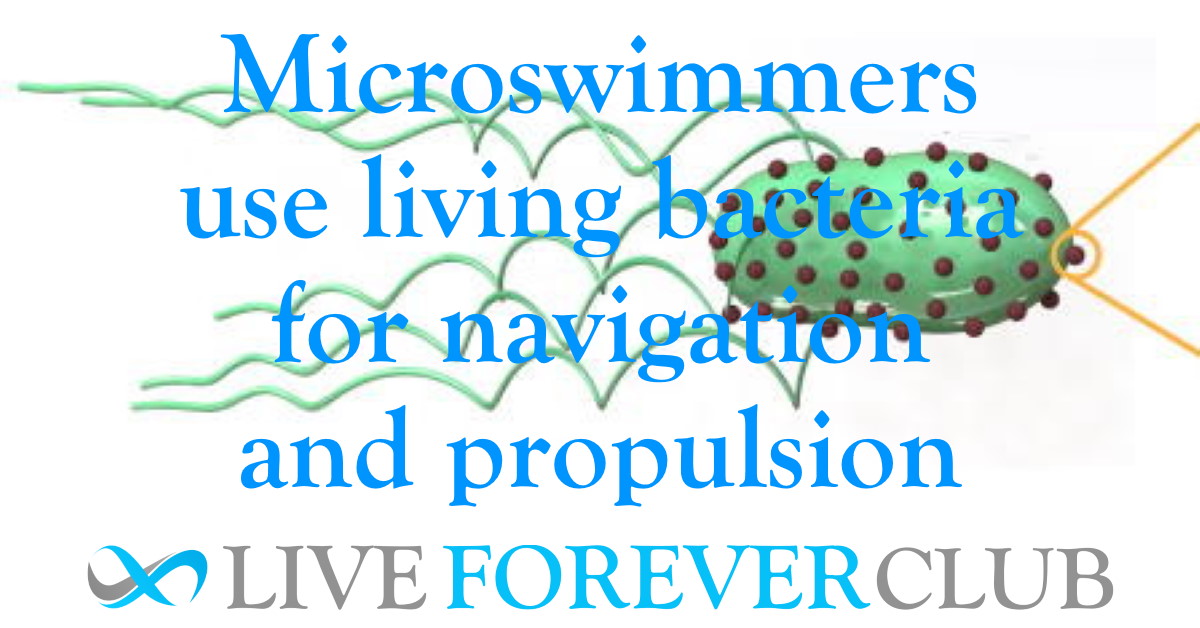Key points from article :
Researchers have attached nanoerythrosomes to genetically modified E. coli bacterium.
One day could be used for personalized diagnostics and targeted delivery of drugs.
Biohybrid microswimmers use living bacteria for navigation and propulsion.
Red blood cells (RBCs), or erythrocytes, are ideal cargo containers as they don't contain any organelles.
RBCs’ cytoplasmic content could be replaced with drug molecules and iron nanoparticles to enable external navigation.
RBCs’ have a diameter of 8 μm but E.coli bacterium are only about 2 μm in length.
By squeezing RBCs through a membrane with 1 μm pores, 350 nm wide nanoerythrosomes were formed.
Non-immunogenic, since they retain membrane proteins that make RBCs recognizable to our immune system.
Attached to E.coli using biotin (vitamin B7) expressed on its membrane.
These biohybrid microswimmers demonstrated superior motility compared to previous designs.
Research by Max Planck Institute for Intelligent Systems published in APL Bioengineering.





